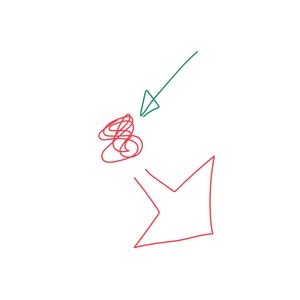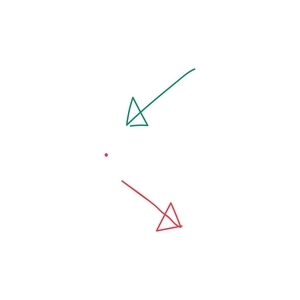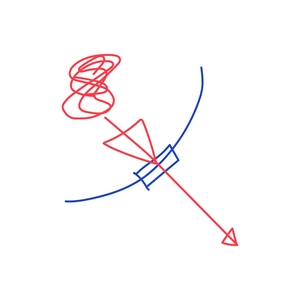Blog/Video #14
When our nervous systems are dysregulated, we can be very reactive. It is very helpful for our nervous systems if we can identify the triggers which we react to, and even to work on completing some of the unfinished business in our bodies which creates the baggage that these triggers set off, but what can we do when all of that fails? That’s where the practice of containment comes in.
Boundaries are hard to do, because we need to understand where our need comes from (our baggage) in order to set them up just right. Containment is sometimes even harder to do, because it is our last line of defence and we can often be quite out of control by the time we need it. However, it is well worth getting good at. It can help us to simulate having a regulated nervous system, and this makes everything else we are trying to achieve in recovery much easier to attain.
The model of containment is built around the idea of an over-reaction, because there needs some sort of reaction to contain in the first place. It is much harder to apply to and under-reaction where it is not needed. However, it is important to bear in mind, even for under-reactions, because the first sign of improvement for an under-reaction is an over-reaction, so you better get your containment skills ready.
Once our baggage is triggered, we are typically flooded with energy which is beyond the scale of response which the situation, in the here and now, requires. There are only two places that this energy can go; either out of us, or around in us. These two options feel very different. Typically hanging on to this energy so that it circulates around us feels very unpleasant. Someone once described it to me as having someone renting space in your brain. It is when your thoughts loop and you have the same conversation with yourself over and over again, achieving nothing. Most of us, when we feel like this, want to do something to someone instead of obsessing about the problem on our own. Often, we want to be quite rude, and it can look like this:

The red squiggle in the diagram represents our baggage, the green arrow is a stimulus, or trigger, and the big red arrow is our reaction, which in this diagram represents an overreaction.
There are two problems with this way of behaving. Firstly, our response doesn’t match the scale of the problem so we are very unlikely to be able to find a productive solution in this way. Secondly, if we are behaving like this with other people, who can’t see our baggage, it is likely to lead to not very happy relationships which may not last.
Neither of these is good for our nervous system. We find life easier when we can solve problems and make friends. We find it harder, and often more triggering, when we are making our problems worse and people don’t want to help us. So we need to find another way. The goal of behavioural work, at least at first, is to simulate the experience of not having too much baggage. When we are like this a 3 out of 10 problem gets a 3 out of 10 response. This looks like this:

The only way to simulate this, once my baggage has been triggered, is to hang onto some of my reaction, and this is what we call containment. It is very important to understand that this is not the same as shutting down. The energy still happens, but rather than spray it all around me, I have to work on managing it within my own mind and body. That might sound esoteric, but actually it rests on a very simple idea; instead of talking about you, I talk about me. It looks like this:

An example of this might be to say “I feel hurt”, rather than “you are a jerk”. We all know that the former is harder to do, and feels more upsetting, and yet we all know which one we would rather hear from someone else who is upset. This is a life skill which we could all practice and never perfect. It relies on having the awareness to know that we are triggered, and this relies on having some sense of our baggage and when our boundaries are breached. It’s a lot. And no-one should ever expect to do it perfectly, but when you begin to explain to other people how you are feeling, and even the baggage that was triggered that got you to feeling like that, you will notice that you start to have a new relationship with yourself, and with others. It will be more vulnerable, more painful, but more authentic.
A very simple rule of thumb is that if you never say the word “you”, you can never be out of containment. It may sound bonkers but I challenge you to try it. When you are triggered, don’t say “you”. What you will find is a new inner landscape of energy, and that is where you can begin to do the really transformational, foundational work of reducing your baggage in your nervous system.
You can find more examples and techniques to do this in the 28-day recovery plan in my book, The Invisible Lion, or just try a day without using the you word. It will be an eye-opener!
You can download this post in a handy 2-page PDF to print and share with friends, family, clients or colleagues. Follow this link to download now.
You can buy a copy of The Invisible Lion now on kindle or paperback from your local Amazon store. Just click here to buy now.


